The UN estimates that two-thirds of the world will live in cities by 2050. In a world where ancient metropolises like Rome and Cairo have stood for millennia, some cities are just getting started. Following this prediction, hundreds of new cities have been developed since the early 2000s.
Whether influenced by climate change, an influx of residents, or new industry, some of these ‘new’ cities are built from scratch. Others are redesigned, sometimes to tackle a specific issue, such as overpopulation, or to make a statement about smart city strategies.
So, what makes a city ‘new’? It’s all about its age, planning, and purpose. These nine cities are some of the world’s newest metropoles.
9. Songdo, South Korea
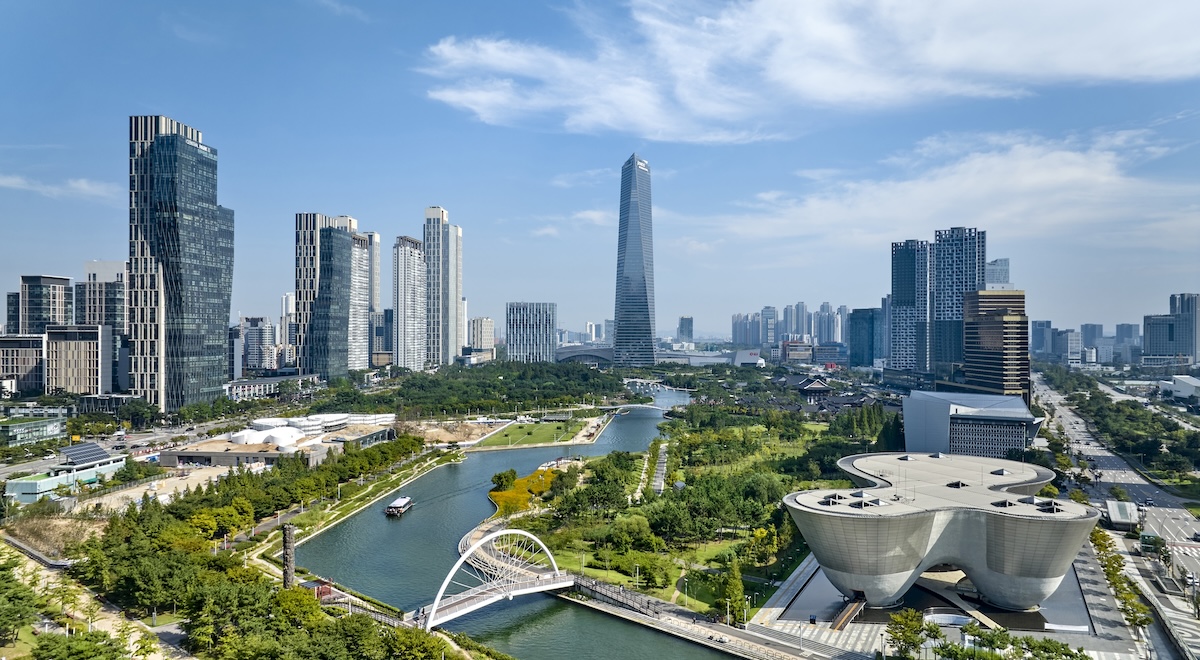
Living in Songdo is a bit like living in the future. Just 30 minutes from Seoul, the city was built from the ground up. Construction started in 2003, and today, it is home to high-tech skyscrapers, wireless internet, and even an automatic waste sorting facility. Residents who live in tall buildings just need to shoot their trash through pneumatic tubes before it is sorted for them.
Yet, while the city has put a huge focus on being an eco-friendly smart city, it has still run into issues recruiting people to live here. If you ask me, its small population only makes it sound more appealing.
8. Luštica Bay, Montenegro

There’s a new player along the Adriatic coastline. Construction in Luštica Bay began only in 2009, with the intention of creating a new luxurious city on the shores of the Adriatic. Today, Luštica Bay is quickly becoming a new hidden gem for anyone who enjoys the relaxed Mediterranean lifestyle.
It’s close to the city of Tivat, yet unlike nearby towns, it has a specific focus on glamour and relaxation. With an incredible marina and world-class restaurants and hotels, Luštica Bay is a luxurious hotspot for yachts to dock at.
7. New Administrative Capital, Egypt

If you didn’t already know, Egypt is in the process of building itself an entirely new capital city. Announced in 2015, the New Administrative Capital in Egypt is being constructed right in the middle of the desert (not too far from the current capital, Cairo).
The purpose of the city is to relieve a bit of congestion from Cairo, which is currently one of the most densely populated cities in the world. It aims to do this by alleviating the capital of traffic and reducing pressure on its existing infrastructure.
If all goes to plan, the New Administrative Capital will be a modern hub for business, government, and potentially even tourism.
6. Astana, Kazakhstan
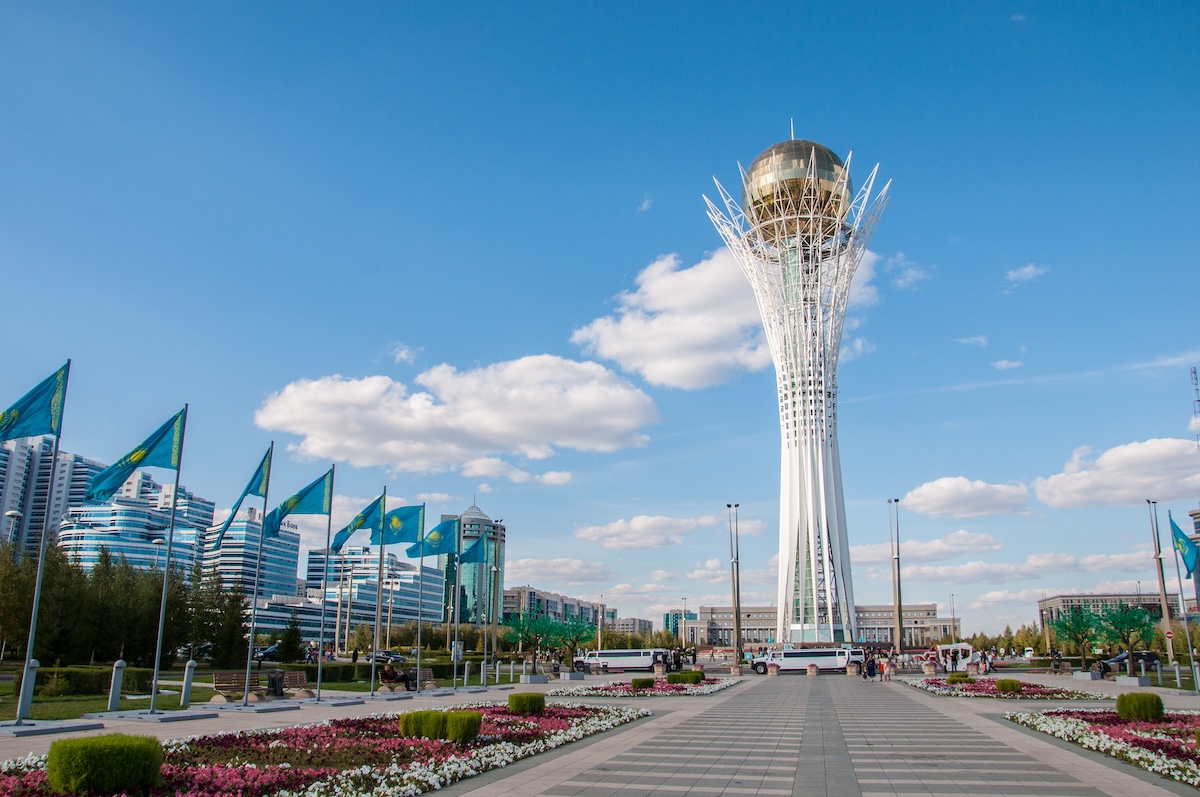
While you might not have heard of the city of Astata, I have no doubt you’ve seen pictures of its otherworldly skyline. It’s the new capital of Kazakhstan, where massive skyscrapers tower over man-made forests and gardens. The skyscrapers here are particularly glitzy and flashy, many designed by world-famous architects.
However, the city was only declared as the capital in 1997, when the government decided it would be a good idea to move the capital further away from China. Before this, Astana was an unassuming town called Aqmola.
The main architect to thank is Kisho Kurokawa, who was tasked with redesigning this new city. Today, it’s a bustling city with a population of more than 1.5 million.
5. Xiongan, China
Technically, Xiongan is a city in progress. It’s one of China’s largest urban planning projects, orchestrated to ease Beijing’s overcrowding and congestion.
Launched in 2017, Xiongan is projected to be a high-tech metropolis with smart infrastructure, plenty of green spaces, and a futuristic appeal. Some of Beijing’s non-core functions, including some government offices and research agencies, are expected to move here.
Think of it as China’s Silicon Valley – but more modern. Today, over 1 million people call Xiongan home. However, the city is being developed to accommodate about 5 million people in the near future.
4. Putrajaya, Malaysia

Putrajaya looks a bit like a city from Star Wars. Back in the 1990s, the Malaysian government decided to look to the future and build a new administrative center to alleviate pressure from overpopulation in Kuala Lumpur.
The city was built to be an intelligent garden city, with a special focus on being environmentally friendly with plenty of green spaces. Just fifteen miles from the capital, you might think of Putrajaya as a greener extension of Kaula Lumpur.
It’s green-focus is no doubt the city’s showstopper. Built over former sites of rubber and oil palm plantations, man-made lakes and tons of gardens, parks, and wetlands are integrated into the futuristic city environment.
3. Sejong, South Korea

Sejong might not be the first city you think of when speaking about South Korea, but this magnificent new city is certainly on the rise. Founded in 2007, Sejong was designed to decentralize the country’s government from Seoul and to encourage people to move from the capital to this new metropolis.
It’s quickly becoming a hub for both public administration and a family-friendly lifestyle. The Sejong Lake Park has an island and a walking path, and the city is crisscrossed with bike paths and open spaces. As of now, Sejong is the quieter, newer version of Seoul, without the crazy nightlife or big tourist attractions.
2. Naypyidaw, Myanmar

Myanmar is known for chopping and changing its capital cities throughout history. Its most recent capital is Naypyidaw, which has been the country’s administrative center since 2005.
The new city is located in a region of forests, rice paddies, and sugarcane fields. It was purposefully built in 2002 by the then-military regime government. Naypyidaw has wide roads, spacious parks, and massive government buildings, but is dominated by a 328-foot-high golden stupa of Uppatasanti Pagoda.
Despite the millions invested in its development, the city remains somewhat empty, with under 1 million residents buying in.
1. Nusantara, Indonesia

Nusantara is Indonesia’s capital-to-be. It’s no secret that Jakarta is inundated with traffic, pollution, and sanitation issues due to its massive and dense population. As an alternative, the country has started constructing a new city in Borneo that will take over as the administrative capital.
Around $30 billion is being invested in the city. Construction started in 2022 with land clearing and road construction. It’s a massive urban experiment and is only expected to be complete in a number of years. Once it is, it could be a major hub for eco-tourism and business.


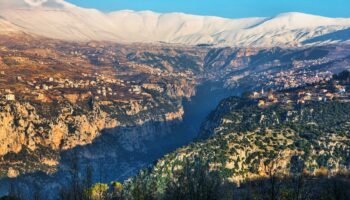
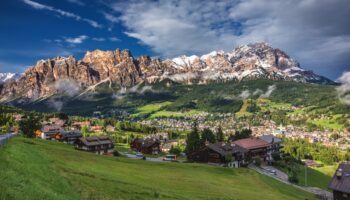
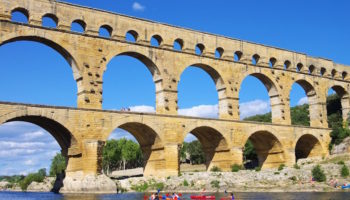
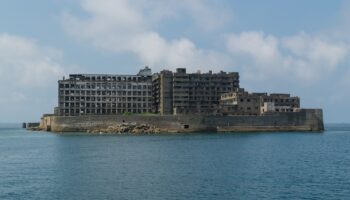

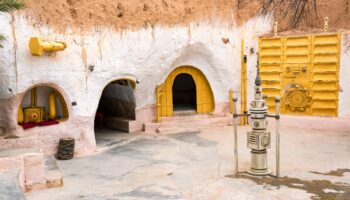

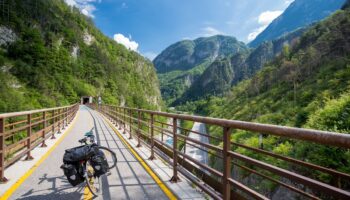

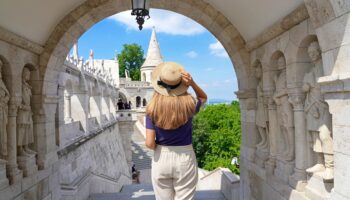
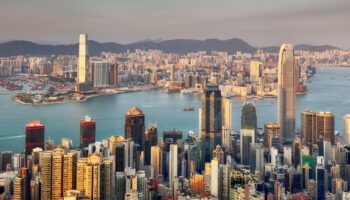
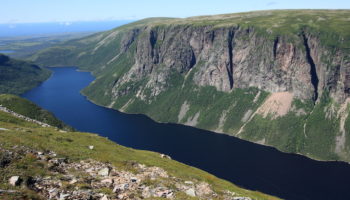
Leave a Reply